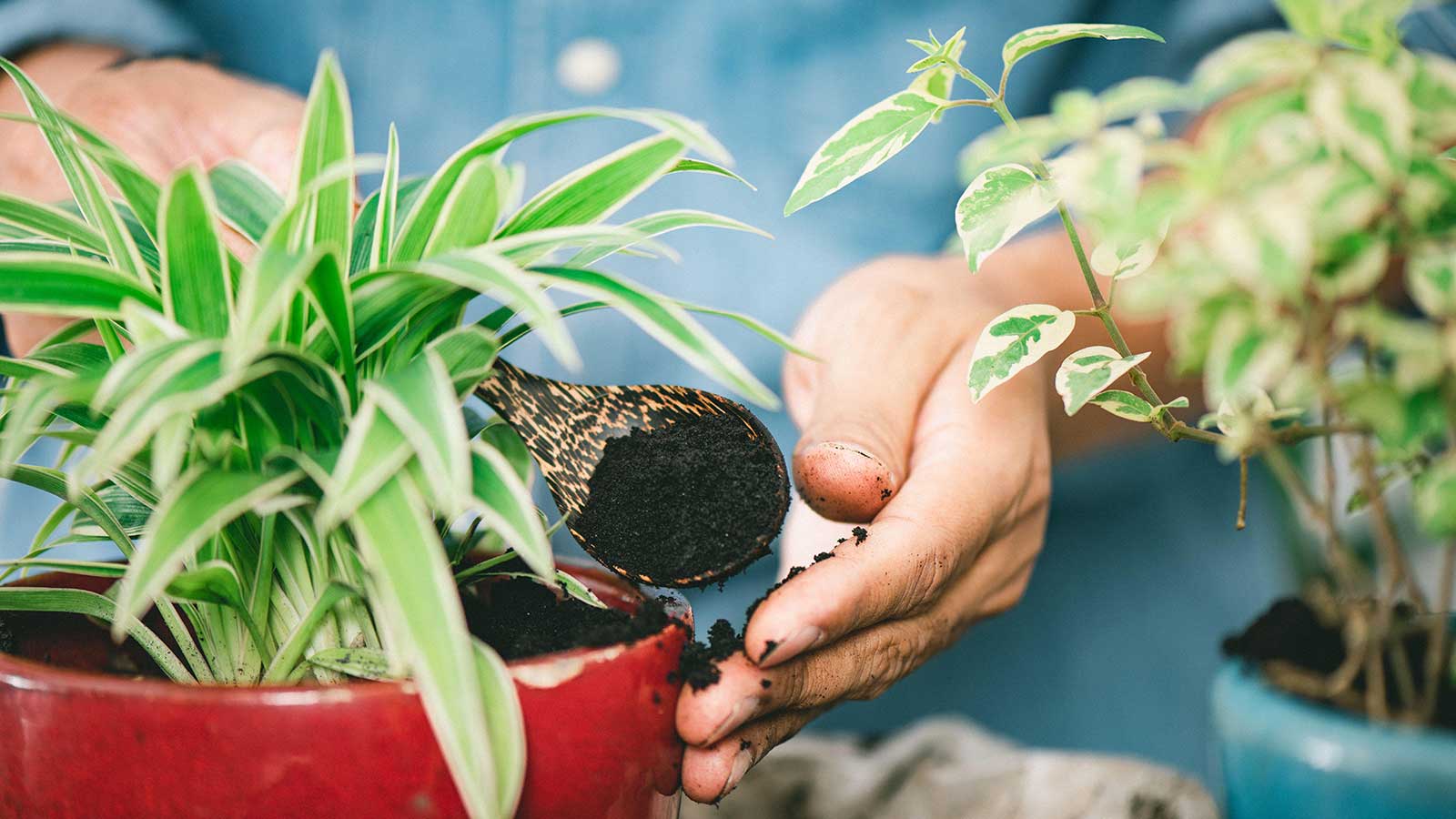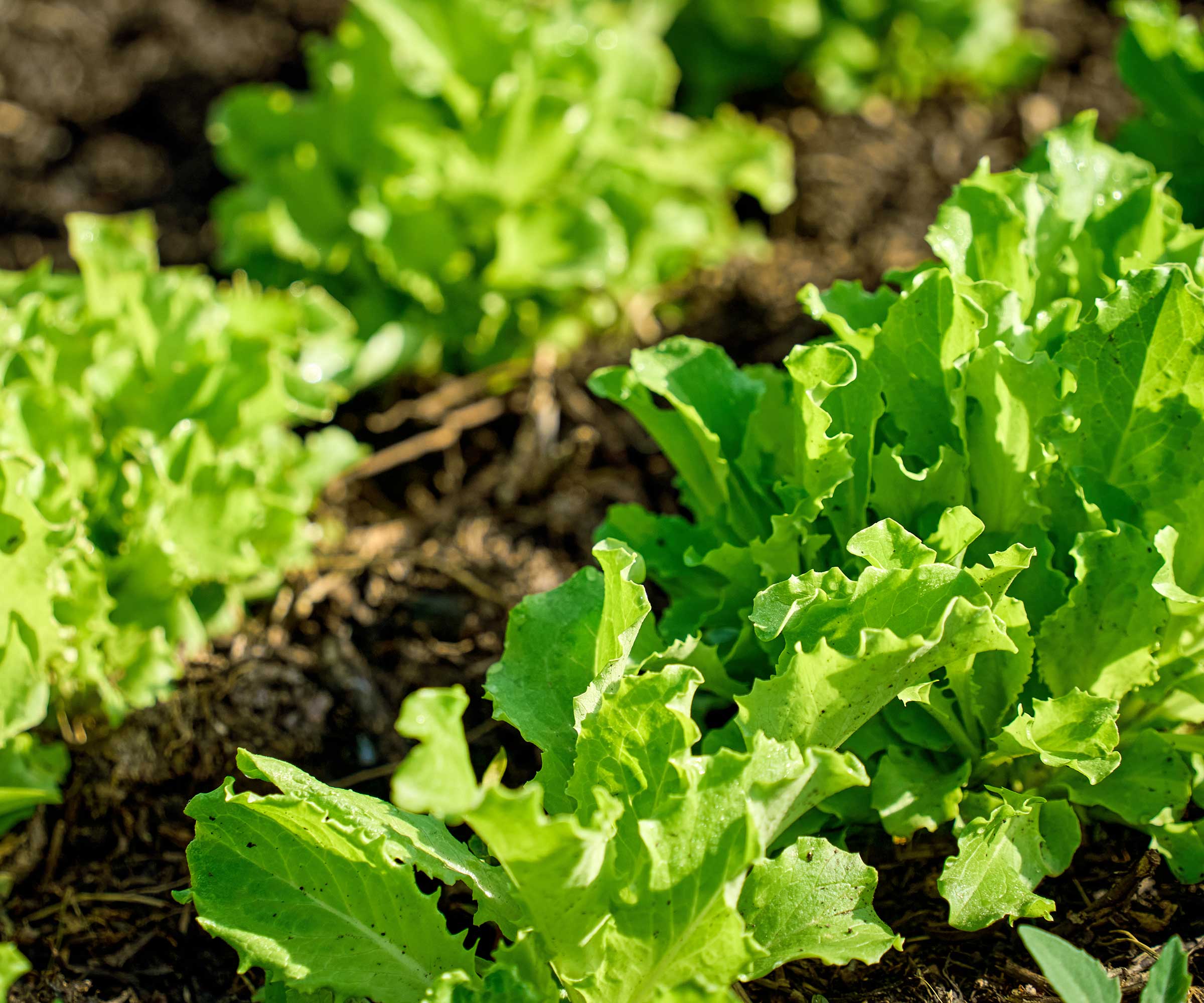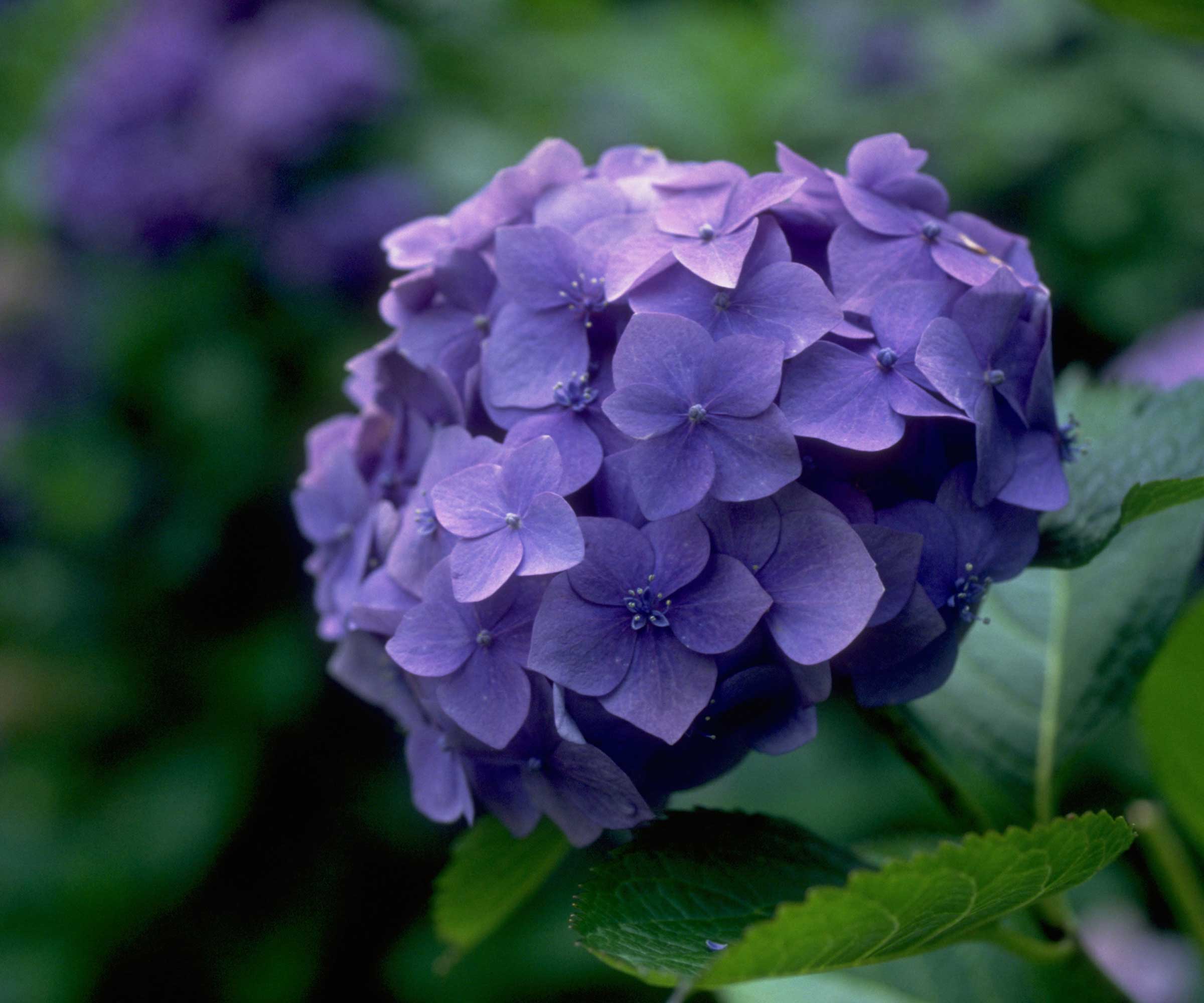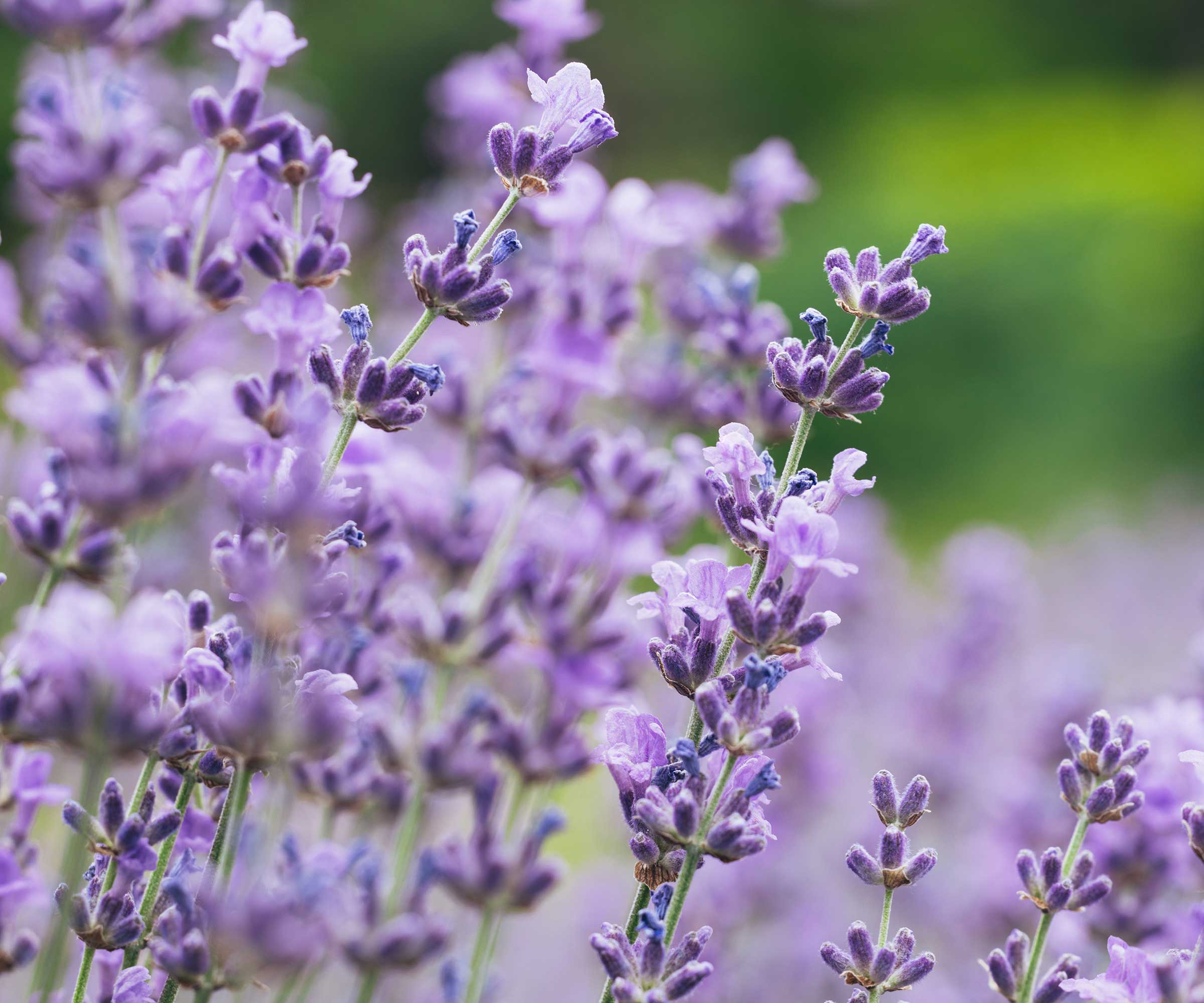
If you love gardening as much as your morning cup of Joe, you've probably heard about using the spent grounds in your backyard. It's often praised as a soil improver, and even thought to deter slugs and snails. Of course, it's also a great way to recycle this type of household waste, making it both budget-friendly and sustainable.
However, using coffee grounds in the garden doesn't mean throwing it around with wild abandon. In fact, applying it in the wrong places, and in the wrong way, can have problematic results for your plants – so it's worth doing your research before you try it.
Below, you’ll find essential info on plants that hate coffee grounds, where to avoid putting coffee grounds in your yard, alongside plenty of expert insights. You'll also find tips on how to use it for the best results.
On your annual vegetable garden

If you're tending to an annual vegetable garden this year, you may be tempted to add coffee grounds directly to the soil in the hope it will give them a boost. However, Kiera Jekos, a garden designer and educator at Gardenwell, doesn't recommend it.
Kiera explains that while it’s true that coffee grounds contain nitrogen, your plants can’t use it right away.
Gail Pabst, a horticulturist from the National Garden Bureau, says the nitrogen needs to undergo a process of decomposition and microbial activity before it can be released in a form plants can absorb.
'In fact, this decomposition process can actually be detrimental to your plants,' she says. 'As microbes work to break down the coffee grounds, they will compete for existing nitrogen in the soil, potentially depleting it rather than adding to it.' In other words, Kiera says this can rob leafy greens of what they need to thrive.
Also, the fine texture of coffee grounds makes them prone to clumping, Kiera adds. 'When applied directly, they can form a dense layer that repels water and limits airflow, which are two things your vegetable garden absolutely needs for healthy roots and soil life.'
What's more, Kiera notes how coffee contains trace allelopathic compounds, such as caffeine, that can interfere with germination and early root growth. 'Many of our quick-growing veggies, like lettuce, are quite sensitive to these chemicals.'
On hydrangeas to try and change their color

Used coffee grounds are often regarded as acidic. With this in mind, you may be tempted to use them around hydrangeas to alter the soil pH and, in turn, change the color of the blooms.
However, the idea that this works is a mere hydrangea-growing myth. According to Gail, once brewed, coffee grounds are actually much closer to pH neutral, typically falling between 6.5 and 6.8. 'This means they won't make your soil more acidic, as many might believe,' she says.
Riley Westbrook, founder of Valor Coffee, has studied coffee from every angle and is also a keen gardener. He tried applying coffee grounds to a blue hydrangea once, hoping the acidity would deepen the color, but the result was the opposite of healthy.
'The leaves curled, the blooms browned early, and the soil stayed too wet for too long,' he says. 'That heavy layer of grounds sealed the surface and held moisture, which stressed the roots and invited fungus.' It took weeks to reverse the damage, he adds.
Top tip: Instead of trying to change the color of your hydrangeas with coffee grounds, consider using a commercial product such as Grow More's hydrangea blueing formula, available from Amazon.
On Mediterranean herbs, and other plants that love well-draining soil

Riley also warns against using coffee grounds on plants that require well-draining soil, such as Mediterranean herbs (think lavender, rosemary, thyme, and sage). When you load their root zone with wet, compacted organic matter like coffee grounds, you create the opposite of what they need, he says.
'Their growth slows, their leaves yellow, and in some cases, the roots begin to rot from sitting in too much moisture. I have seen lavender collapse within weeks when someone layered thick coffee grounds as mulch.'
On this note, you may also want to steer clear of using coffee grounds directly on desert plants, such as succulents.
FAQs
What is the best way to use coffee grounds in the garden?
'While coffee grounds do contain some nutrients, they don't provide a well-balanced profile that plants require for optimal growth when used alone,' points out Gail.
She says the most effective and beneficial way to use them for your garden is by adding them to your compost pile. 'When incorporated into compost, coffee grounds contribute valuable organic matter and aid in the overall decomposition process. This indirect method allows the nitrogen and other nutrients to be released gradually and in a plant-available form as part of a balanced compost, ultimately contributing to healthier soil and better plant growth.'
Kiera also commends them as a fantastic addition to the compost pile. 'Once broken down, the finished compost can be added throughout the growing season.'
What can you use as a mulch instead of coffee grounds?
Using a layer of coffee grounds as a mulch can prevent water from getting to the soil, which isn't good for your plants. Instead, consider using homemade compost or leaf mold – the latter being a great way to put fallen leaves to good use.
Looking for more advice on sustainable gardening ideas? There are lots of natural fertilizers you can make at home to help your plants thrive – including compost tea. And if you're making your own compost, it's also a good idea to read up on composting mistakes to get the most from your efforts.







